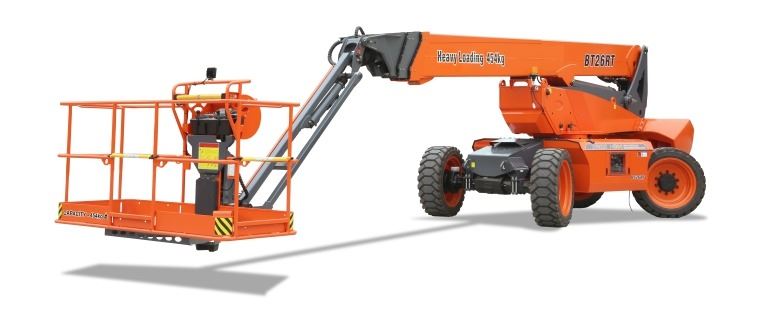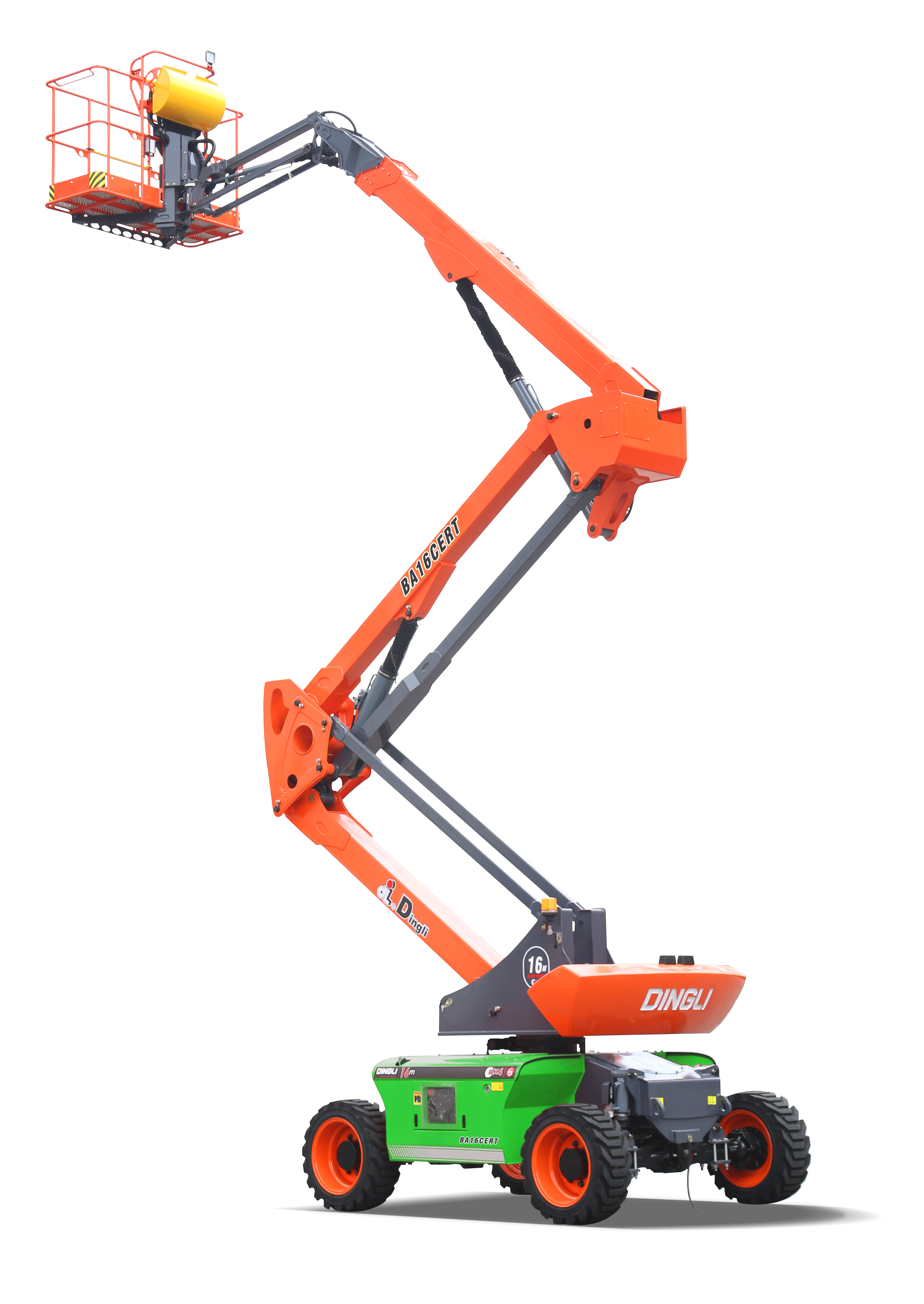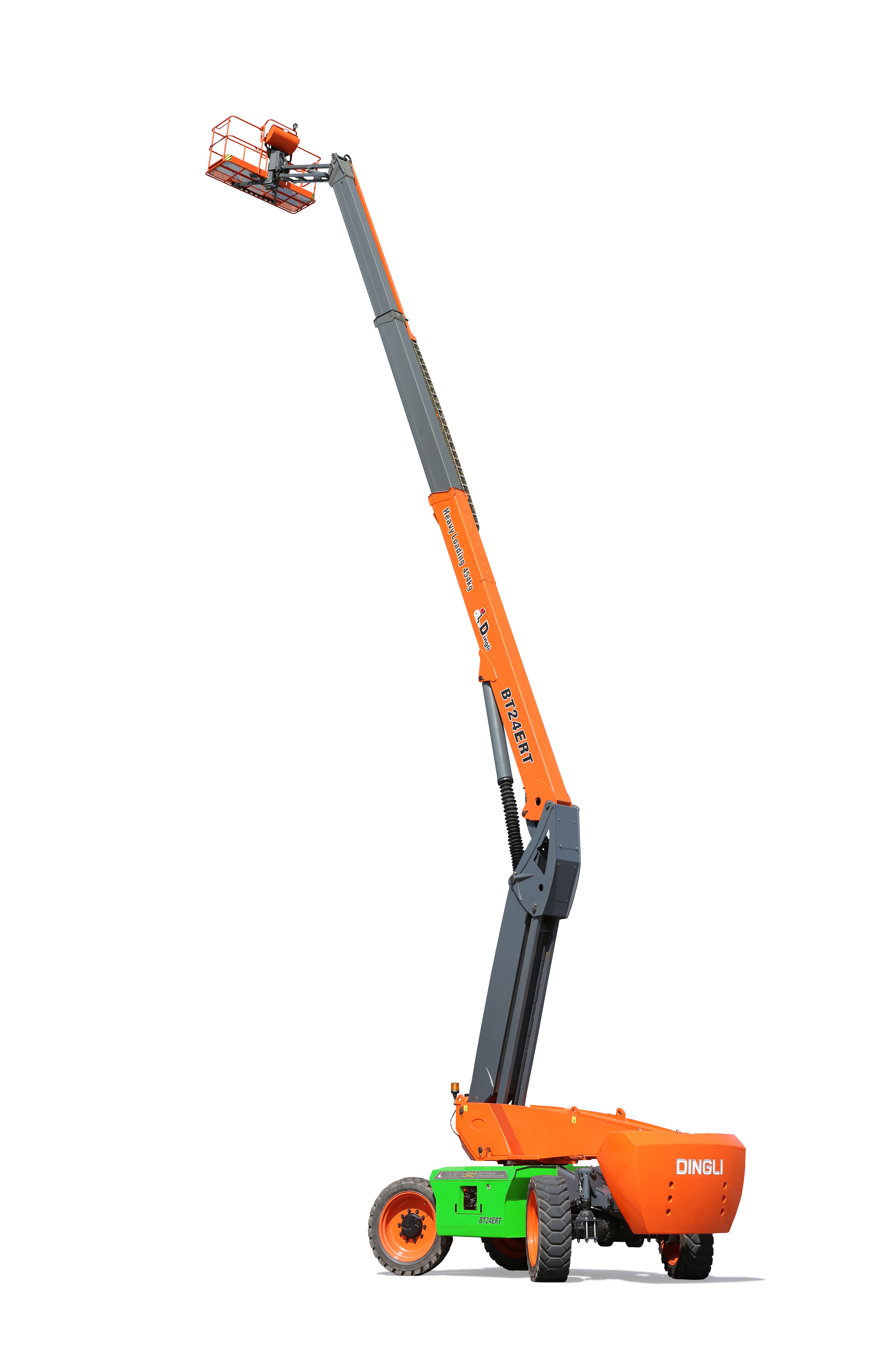October 14,2025
5 Key Considerations that Can Help Contractors Make Informed Choices Regarding Boom Lifts.

1. Cost Implications: Renting vs. Buying
Cost is the most obvious factor when deciding between renting and buying a boom lift.
● Initial Investment: Buying a boom lift involves a substantial upfront cost, which can strain cash flow, especially for small contractors. The boom lift price can range from (2518176.00 - 20000000.00 INR) depending on the lift type. The high upfront expense can be difficult to justify for short-term or infrequent projects.
● Rental Costs: On the other hand, renting offers a more affordable, short-term solution. Boom Lift Rental rates typically vary depending on the size and type of the boom lift, but contractors can expect to pay anywhere between (100000 - 1000000 INR) per day or week. This makes renting a boom lift more cost-effective for small projects that last only a few days or weeks.
● Maintenance Costs: When you purchase a boom lift, you're also responsible for maintaining it. This includes routine inspections, repairs, and potential downtime. In contrast, rental companies usually take care of maintenance, repairs, and replacements, meaning you get a fully functional machine without the extra hassle.
2. Project Duration and Frequency
The duration and frequency of projects are critical in deciding between renting and buying.
● Short-Term Projects: For one-off or short-term projects, renting is the clear winner. Renting a boom lift allows you to use the equipment for as long as needed without worrying about long-term storage or maintenance.
● Long-Term or Repeated Projects: However, if your projects involve frequent use of boom lift machine over extended periods, purchasing the equipment may be more economical. Owning a boom lift eliminates recurring rental fees and allows you to use it whenever required without coordinating with a rental company.
● Flexibility: Renting allows contractors to select the right equipment for each project. For example, you may need a telescopic boom lift for one project and an articulated boom lift for another. Renting allows you to switch between different models without investing in multiple machines.
3. Safety Considerations: Who Manages the Risks?
Safety is paramount when operating boom lifts or any MEWP. Whether you rent or buy, it's essential to ensure that safety standards are always met.
● Rental Company Support: When renting, most reputable companies provide equipment that is regularly inspected and maintained to ensure safety compliance. They often deliver the boom lift to your site fully inspected and ready to operate, which can reduce the risk of equipment failure. Some rental companies also offer operator training as part of their services.
● Maintenance Responsibility: If you purchase a boom lift, maintaining its safety compliance becomes your responsibility. This includes conducting routine checks, scheduling regular maintenance, and ensuring the machine is fit. While some contractors may have the in-house expertise to manage this, others may find it adds complexity to their operations.
● Operator Safety: Renting also ensures that contractors have access to up-to-date equipment with modern safety features, which is especially important in industries like construction and infrastructure, where working at heights poses inherent risks.
4. Logistics: Storage and Transportation
For small contractors, storing and transporting heavy machinery like boom lifts can present logistical challenges.
● Storage Issues: Owning a boom lift means having the necessary space to store it when not in use. Large construction equipment takes up considerable space, and improper storage can lead to damage or costly repairs.
● Transport Costs: Transportation is another concern. Getting a boom lift to and from job sites requires specialized vehicles and can be expensive if you own the equipment. Transportation is often included when you rent, or the rental company will handle the logistics for an additional fee, saving you the hassle of organizing this yourself.
● On-Demand Access: Renting offers the benefit of on-demand equipment. You can easily rent the boom lifter you need for each project without worrying about storage or transportation between job sites.
5. Technological Advancements: Staying Up-to-Date
Another factor in the rent-vs-buy decision is the speed at which technology evolves.
● Cutting-Edge Equipment: If you purchase a boom lift, you may be stuck with older technology as innovations improve efficiency and safety features. Renting allows contractors to access the latest models with modern features such as advanced controls, energy-efficient systems, and enhanced safety measures without upgrading existing equipment.
● Environmentally Friendly Options: Many rental companies now offer eco-friendly electric and hybrid boom lifts with lower operating costs. If reducing your carbon footprint is a priority, renting may allow you to access greener options without the high cost of buying new equipment.
 Conclusion: What's the Right Choice for Contractors?
Conclusion: What's the Right Choice for Contractors?
There is no one-size-fits-all answer when deciding between renting or hire a boom lift for projects. The right choice depends on your business's specific needs, including project duration, frequency of use, cost considerations, and safety requirements.
● Boom lift Rental is ideal for smaller contractors handling short-term or occasional projects, as it offers cost savings, flexibility, and access to the latest technology without the burden of maintenance or storage.
● Purchasing a boom lift may be more cost-effective for contractors who frequently need the equipment and want long-term savings on rental fees. However, owning comes with additional maintenance, storage, and safety compliance responsibilities.
By carefully considering these factors, you can make an informed decision that balances cost and safety, ensuring your projects run smoothly and efficiently.
Frequently Asked Questions (FAQ):
- What is the difference between articulated and telescopic boom lifts?
- What are the main boom lift types?
- What safety features are most important when renting?
- How do boom lifts help improve productivity?
- What are 10 key facts about boom lifts?